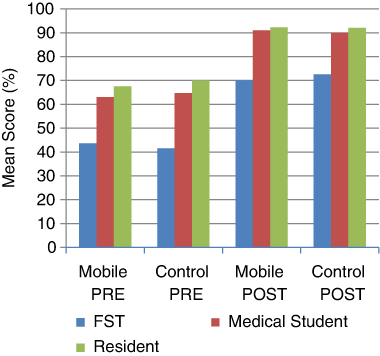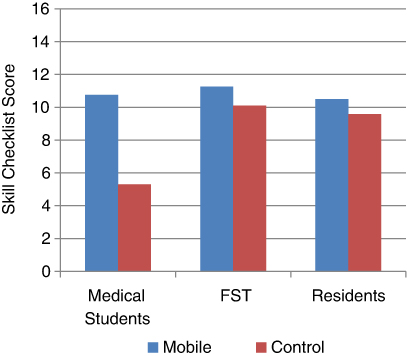Engaging Individuals to Promote Diabetes Risk Awareness with txt4health: A Program Evaluation of Beacon Community txt4health Pilots in Southeast Michigan and Greater Cincinnati
Lorraine Buis, PhD1, Lindsey Hirzel, MA2, Scott Turske, BA3, Terrisca Des Jardins, MSHA3, Hossein Yarandi, PhD2, Patricia Bondurant, DNP, RN4
1Department of Family Medicine, University of Michigan, Ann Arbor, MI; 2College of Nursing, Wayne State University, Detroit, MI; 3Southeast Michigan Beacon Community, Detroit, MI; 4Greater Cincinnati Beacon Collaborative, Cincinnati, OH
Journal MTM 2:4S:14, 2013
Abstract
There are an estimated 25.8 million American children and adults, roughly 8.3% of the U.S. population, living with diabetes. Diabetes is particularly burdensome on minority populations where health disparities persist. Mobile technologies are an attractive method for reaching broad populations given the high penetration of cell phones across diverse groups, and may be a useful strategy for raising awareness of type 2 diabetes. To raise awareness of the risks associated with type 2 diabetes, pilots of txt4health, an automated 14-week text message program, were launched by the Southeast Michigan and Greater Cincinnati Beacon Communities. This investigation sought to evaluate the txt4health program pilot in Southeast Michigan and Greater Cincinnati through documenting participant usage of txt4health, as well as user perceptions of the program.
In this two part evaluation, we conducted a retrospective records analysis of individual-level txt4health system usage data from participants in Southeast Michigan and Greater Cincinnati to determine usage of the program. We also conducted a multimodal user survey with 161 txt4health users recruited through the program to understand participant perceptions of program satisfaction, participant use, and self-reported perceptions of behavior change. Preliminary results from the retrospective records analysis reveal that across both pilots, 5,570 participants initiated enrollment in txt4health, of which 33% completed the two-step enrollment process. Once enrolled, the majority of participants set a weight loss goal (74%), and tracked their weight (89%) and physical activity (65%) at least once during the program; however 56% dropped out before the end of the program, with 70% of dropouts occurring before the end of the fourth week. Among program completers, rates of weekly weight tracking were low with 22% of participants logging weekly weights at least five times, yet rates of weekly physical activity tracker were greater with 49% logging weekly physical activity at least five times. Despite high attrition across the pilots, surveyed txt4health users report high levels of program satisfaction, with 67% reporting satisfaction scores of eight or higher on a ten point scale (10 =most satisfied; M=8.2, SD=1.6). The majority of participants report that txt4health helped them make lifestyle and behavior changes related to diet and physical activity. While broadly focused public health text message interventions may have a great reach, individual engagement among participants widely varies, suggesting that this type of approach may not be appropriate for all, but is a feasible and acceptable delivery modality for a large subset of people.
Read More
 Figure 1
Figure 1 Figure 2
Figure 2